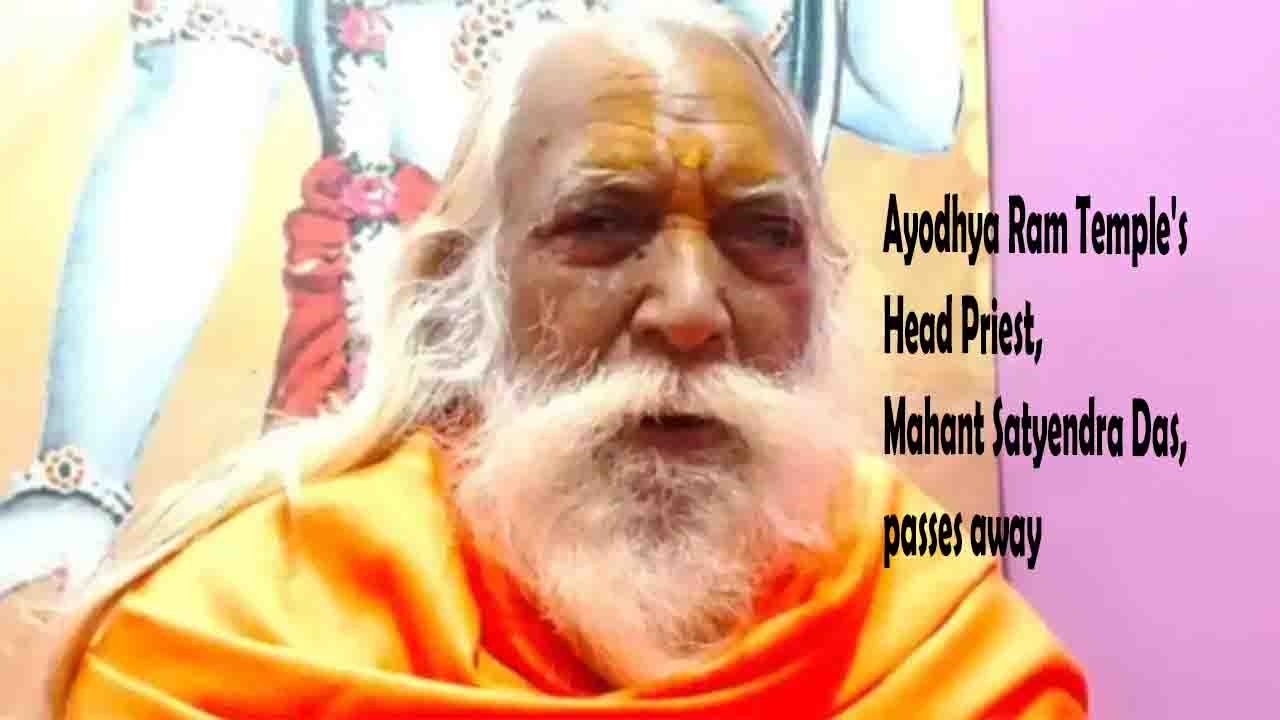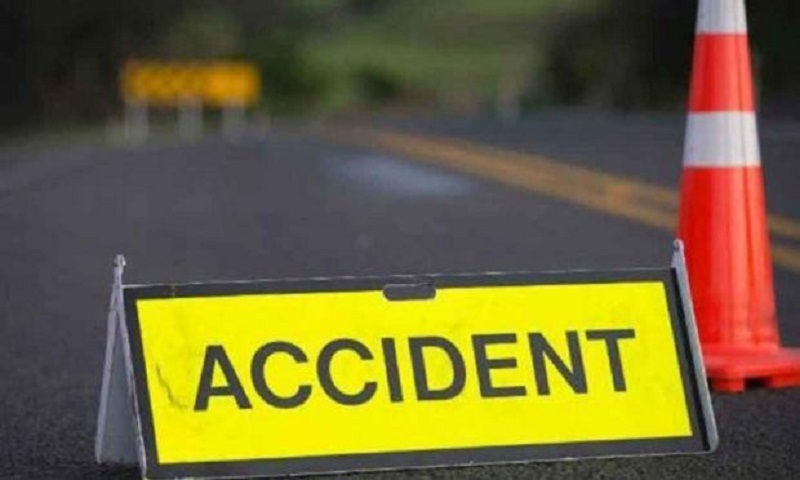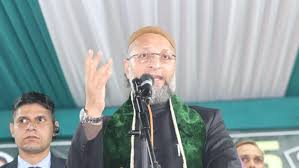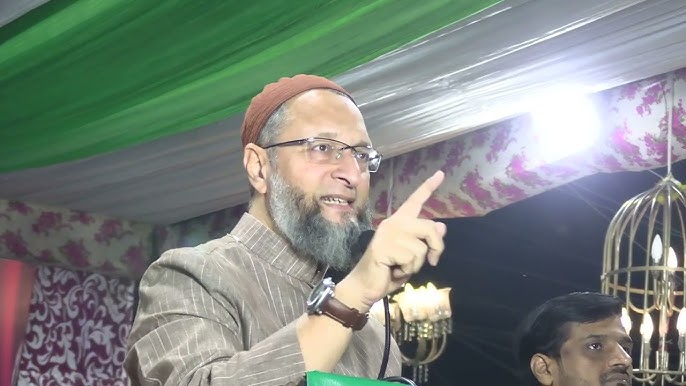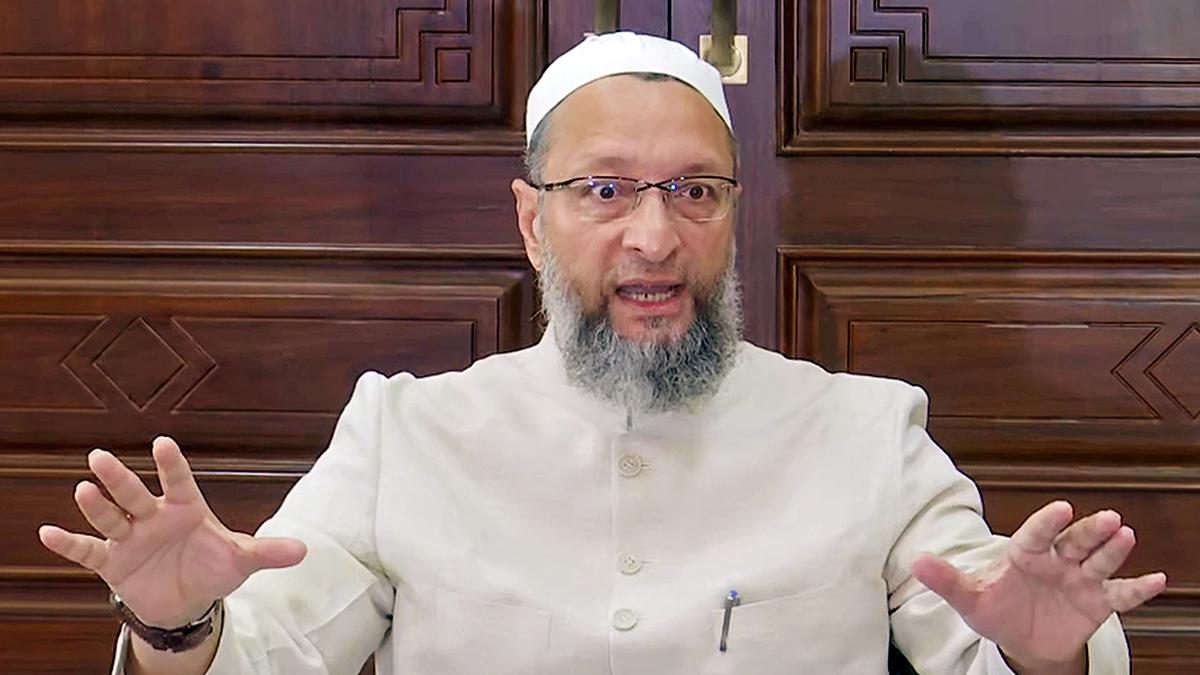Israeli soliders open fire on Gaza protesters seventh week in a row
Mon 14 May 2018, 17:10:11
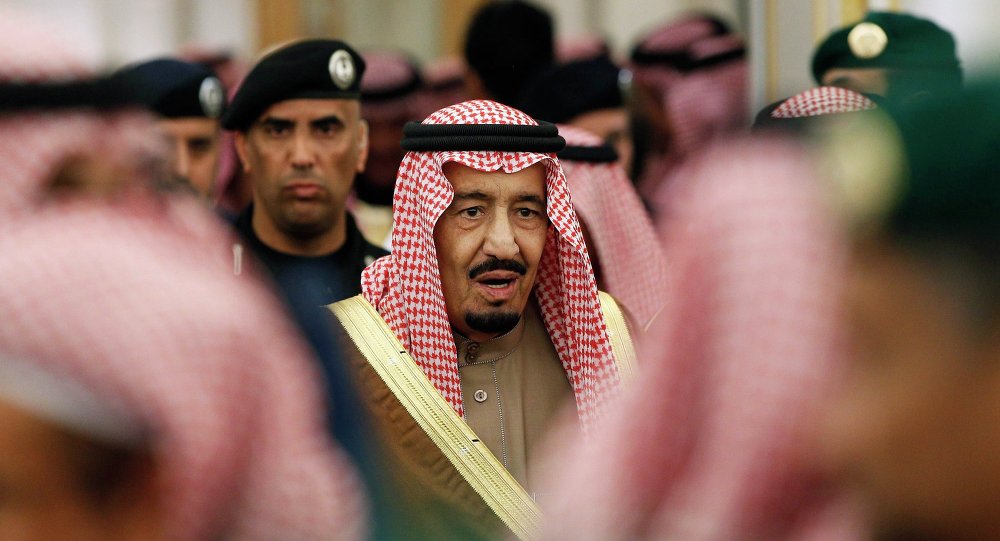
Israeli forces fired live ammunition and tear gas at Palestinian protesters on the border with Gaza for the seventh consecutive week. Part of the 45-day Great Return March, which began on March 30, the demonstrations are set to culminate on May 15, Nakba.
At least 15,000 Palestinians took part in Friday’s protests in several locations along the Gaza-Israel border fence. Israeli soldiers killed one Palestinian man and wounded dozens more during the protests. Among the wounded was a 16-year-old boy who was shot in the head and was listed as being in critical condition.
Not far from the Gaza border — and visible from the Great March of Return — roughly 50 Israelis demonstrated, carrying and signs and banners, against the siege of Gaza and against the shooting of civilians.
Earlier on Friday, a far-right Israeli activist attempted to fly a burning kite into Gaza — but ended up setting fields belonging to Israeli Kibbutz Nahal Oz on fire instead.
Since the Great Return March began in late March, Israeli sharpshooters and snipers have shot over 5,000 unarmed Palestinian protesters, killing at least 40, according to the United Nations.
Following protesters during the first week of April, Fatou Bensouda, chief prosecutor for the International Criminal Court, warned that “violence against civilians — in a situation such as one prevailing in Gaza” could constitute war crimes.
Israeli human rights group B’Tselem has urged Israeli soldiers to refuse orders to open fire on the protesters. Four prominent Israeli human rights groups demanded last month that the High Court of Justice order the state to revoke the rules of engagement that permit shooting demonstrators who pose no danger to human life.
Responding to rights groups’ demand, the state argued that the demonstrations fall into the category of a “state of war,” and therefore human rights law does not apply to the rules of engagement.
The Elders, a group of former high-ranking international leaders that includes former U.N. General Secretary Kofi Annan, former U.S. President Jimmy Carter, and Nobel Peace Laureate Desmond Tutu, released a statement on Thursday demanding Israel respect international law and stop further Gaza
protest killings.
“Prime Minister Benjamin Netanyahu’s government should exercise the utmost restraint and care over the coming weeks, to avoid further deaths,” Kofi Annan stated.
During protests in April, Israeli forces shot at least six journalists in one day. Among them was Yasser Murtaja, a photographer for “Ain Media,” who was reportedly wearing a helmet and vest clearly marked “PRESS” when he was shot; he later died of his wounds.
Inside the Gaza Strip, the Palestinian protesters have built a tent encampment with different tents corresponding to the villages and towns that were destroyed during the Nakba (in Arabic, the Catastrophe), in 1948. More than 700,000 Palestinians were expelled or fled their homes during the 1948 war and its aftermath. Israel subsequently destroyed nearly all of their homes and villages.
Speaking to +972 Magazine before the first day of protest in March, one of the ‘Great Return March’ organizers, Hasan al-Kurd, explained that the plan was to set up camps between between 700-1000 meters from Israel’s border fence, outside the Israeli army’s unilaterally imposed buffer zone. In the weeks leading up to Nakba Day, there would be weekly marches as well as bicycle races and other events.
By next Tuesday, the Return March organizers hope that hundreds of thousands of Palestinians will join.
“We want families. We want to live in peace — with the Israelis,” al-Kurd said. “We will make sure the protest doesn’t escalate to violence — at least from our end.”
Even before the march began, however, Israeli security forces launched a public campaign painting the ‘Great Return March’ as a violent, Hamas-sponsored event. The Israeli army’s chief of staff announced the deployment of 100 snipers and several infantry brigades to the area of the Gaza border fence. Israeli generals warned that there would be casualties.
On Land Day and Nakba in 2011, the last time a protest march of a similar scale was attempted, thousands of Palestinians from Lebanon, Syria, the West Bank, Gaza, and inside Israel marched on Israel’s borders. The army responded with gunfire on the Lebanese, Syrian, and Gaza borders, killing dozens and wounding hundreds.
At least 15,000 Palestinians took part in Friday’s protests in several locations along the Gaza-Israel border fence. Israeli soldiers killed one Palestinian man and wounded dozens more during the protests. Among the wounded was a 16-year-old boy who was shot in the head and was listed as being in critical condition.
Not far from the Gaza border — and visible from the Great March of Return — roughly 50 Israelis demonstrated, carrying and signs and banners, against the siege of Gaza and against the shooting of civilians.
Earlier on Friday, a far-right Israeli activist attempted to fly a burning kite into Gaza — but ended up setting fields belonging to Israeli Kibbutz Nahal Oz on fire instead.
Since the Great Return March began in late March, Israeli sharpshooters and snipers have shot over 5,000 unarmed Palestinian protesters, killing at least 40, according to the United Nations.
Following protesters during the first week of April, Fatou Bensouda, chief prosecutor for the International Criminal Court, warned that “violence against civilians — in a situation such as one prevailing in Gaza” could constitute war crimes.
Israeli human rights group B’Tselem has urged Israeli soldiers to refuse orders to open fire on the protesters. Four prominent Israeli human rights groups demanded last month that the High Court of Justice order the state to revoke the rules of engagement that permit shooting demonstrators who pose no danger to human life.
Responding to rights groups’ demand, the state argued that the demonstrations fall into the category of a “state of war,” and therefore human rights law does not apply to the rules of engagement.
The Elders, a group of former high-ranking international leaders that includes former U.N. General Secretary Kofi Annan, former U.S. President Jimmy Carter, and Nobel Peace Laureate Desmond Tutu, released a statement on Thursday demanding Israel respect international law and stop further Gaza
protest killings.
“Prime Minister Benjamin Netanyahu’s government should exercise the utmost restraint and care over the coming weeks, to avoid further deaths,” Kofi Annan stated.
During protests in April, Israeli forces shot at least six journalists in one day. Among them was Yasser Murtaja, a photographer for “Ain Media,” who was reportedly wearing a helmet and vest clearly marked “PRESS” when he was shot; he later died of his wounds.
Inside the Gaza Strip, the Palestinian protesters have built a tent encampment with different tents corresponding to the villages and towns that were destroyed during the Nakba (in Arabic, the Catastrophe), in 1948. More than 700,000 Palestinians were expelled or fled their homes during the 1948 war and its aftermath. Israel subsequently destroyed nearly all of their homes and villages.
Speaking to +972 Magazine before the first day of protest in March, one of the ‘Great Return March’ organizers, Hasan al-Kurd, explained that the plan was to set up camps between between 700-1000 meters from Israel’s border fence, outside the Israeli army’s unilaterally imposed buffer zone. In the weeks leading up to Nakba Day, there would be weekly marches as well as bicycle races and other events.
By next Tuesday, the Return March organizers hope that hundreds of thousands of Palestinians will join.
“We want families. We want to live in peace — with the Israelis,” al-Kurd said. “We will make sure the protest doesn’t escalate to violence — at least from our end.”
Even before the march began, however, Israeli security forces launched a public campaign painting the ‘Great Return March’ as a violent, Hamas-sponsored event. The Israeli army’s chief of staff announced the deployment of 100 snipers and several infantry brigades to the area of the Gaza border fence. Israeli generals warned that there would be casualties.
On Land Day and Nakba in 2011, the last time a protest march of a similar scale was attempted, thousands of Palestinians from Lebanon, Syria, the West Bank, Gaza, and inside Israel marched on Israel’s borders. The army responded with gunfire on the Lebanese, Syrian, and Gaza borders, killing dozens and wounding hundreds.
No Comments For This Post, Be first to write a Comment.
Most viewed from International
Most viewed from World
AIMIM News
Delhi Assembly polls: Owaisi leads Padyatra in Okhla
Feb 01, 2025
We reject this Waqf Amendment Bill: Asaduddin Owaisi
Jan 30, 2025
Latest Urdu News
Most Viewed
May 26, 2020
Which team will win the ICC Men's Champions Trophy 2025 held in Pakistan/Dubai?
Latest Videos View All
Like Us
Home
About Us
Advertise With Us
All Polls
Epaper Archives
Privacy Policy
Contact Us
Download Etemaad App
© 2025 Etemaad Daily News, All Rights Reserved.

.jpg)
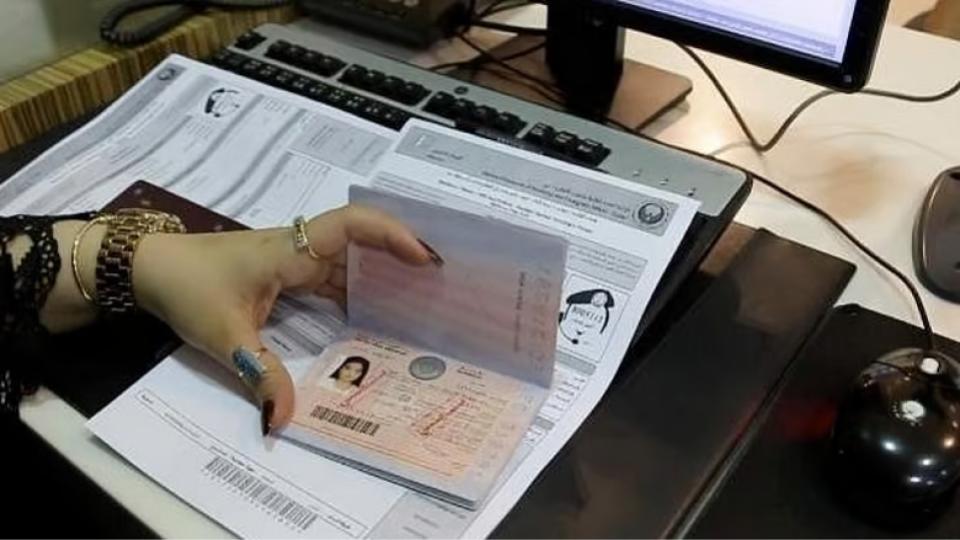


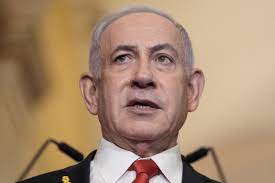

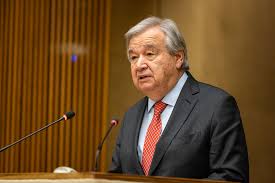
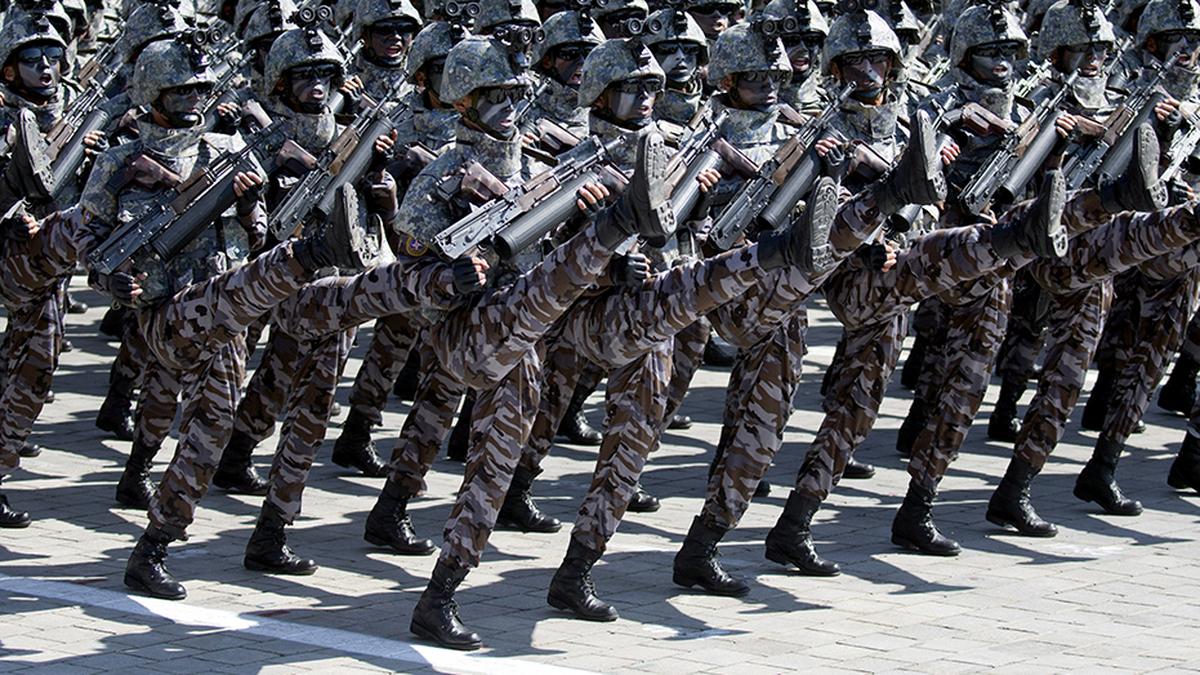
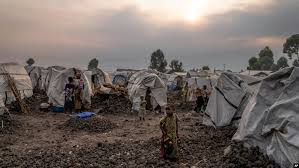
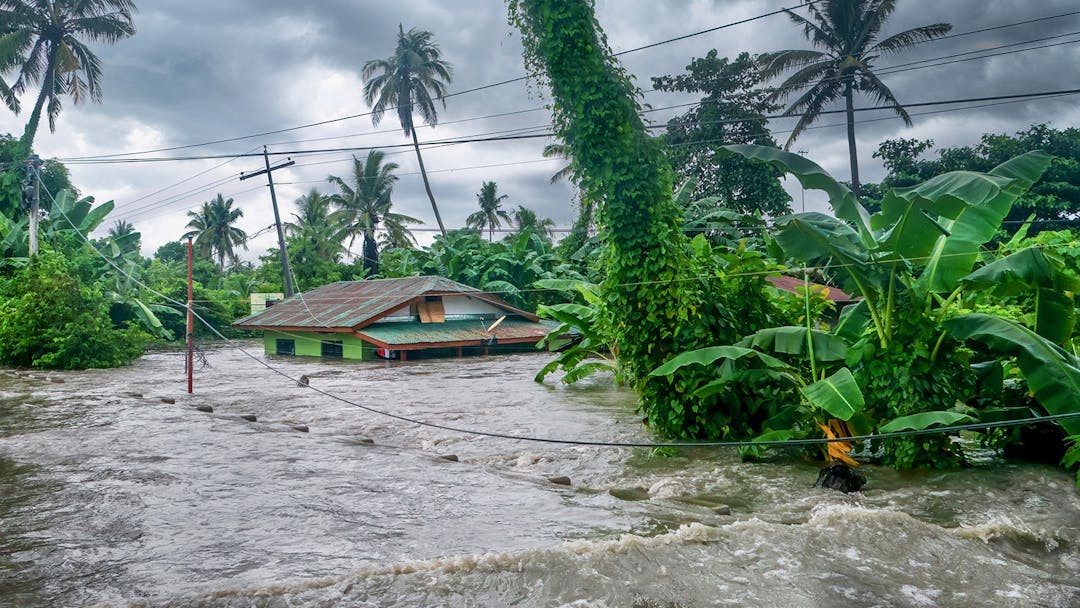
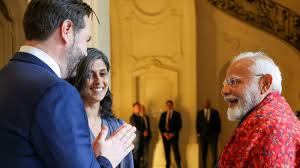
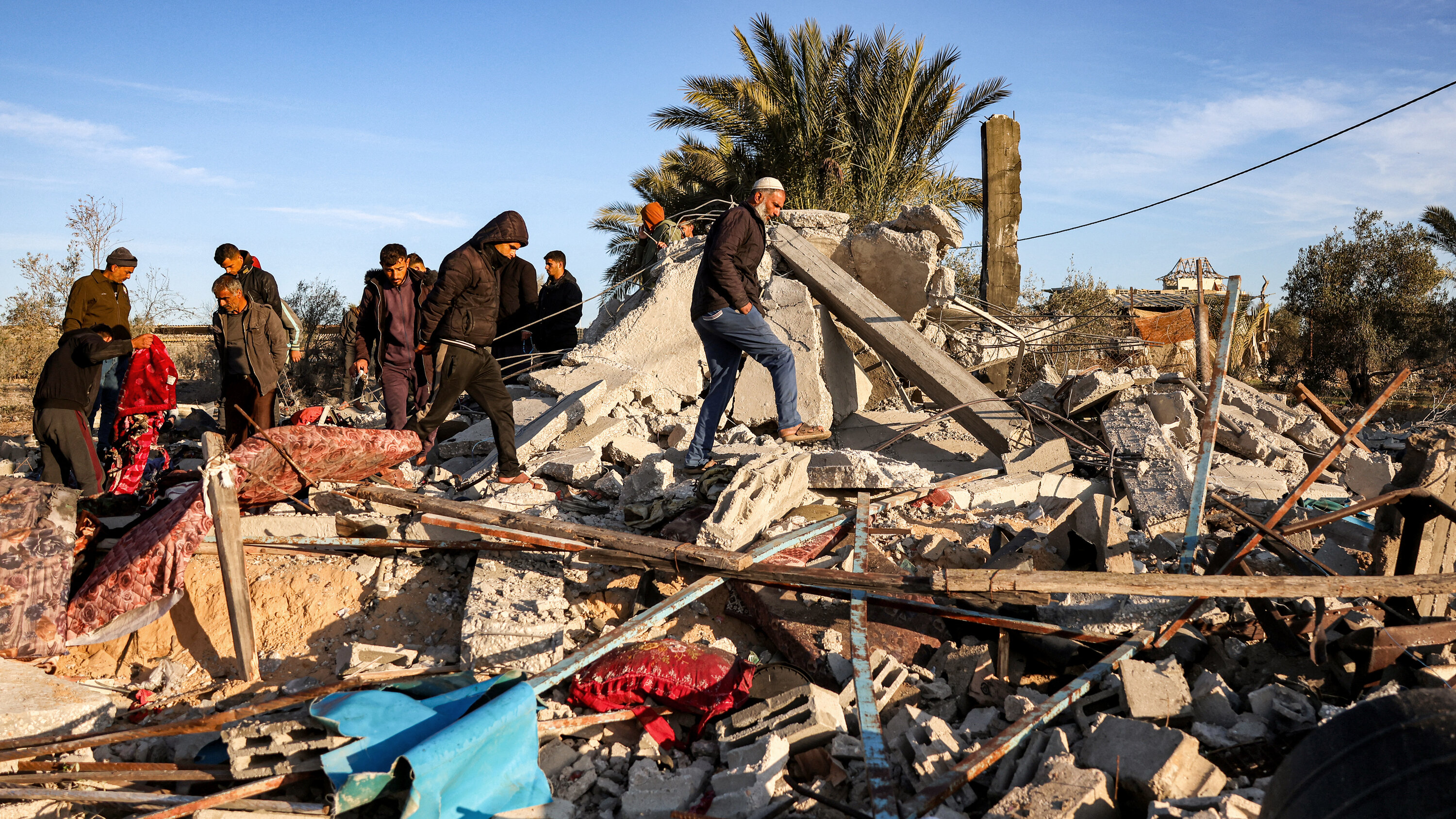
.jpg)
.jpg)
.jpg)
.jpg)
.jpg)
.jpg)
.jpg)
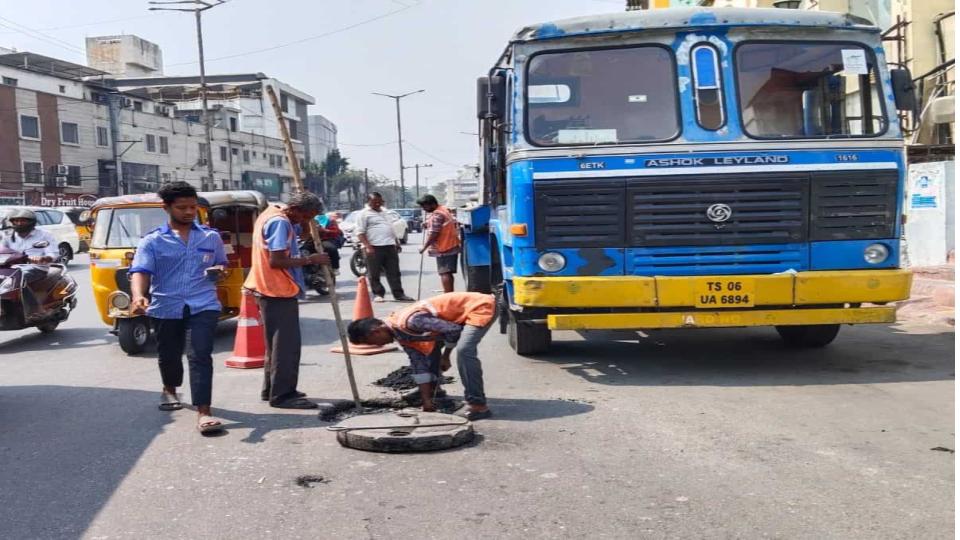
.jpg)

